Mean Shift
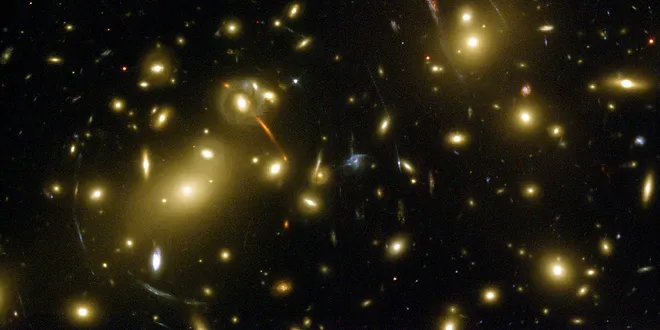
Mean Shift Clustering Algorithm Example In Python
Mean Shift is a hierarchical clustering algorithm. In contrast to supervised machine learning algorithms, clustering attempts to group…
📚 Read more at Towards Data Science🔎 Find similar documents

Unsupervised Learning Series: Exploring the Mean-Shift Algorithm
K-Means, Hierarchical Clustering, Expectation-Maximization, and DBScan are probably the most famous clustering algorithms you may know in the context of Machine Learning. However, there is another den...
📚 Read more at Towards Data Science🔎 Find similar documents

The Mean Shift Algorithm and Motion Controls
I’ve written about the Mean Shift Algorithm before, but I never gave a practical application of it. I ultimately felt unsatisfied by the article, so I wanted to revisit the topic and apply it to a…
📚 Read more at Towards Data Science🔎 Find similar documents
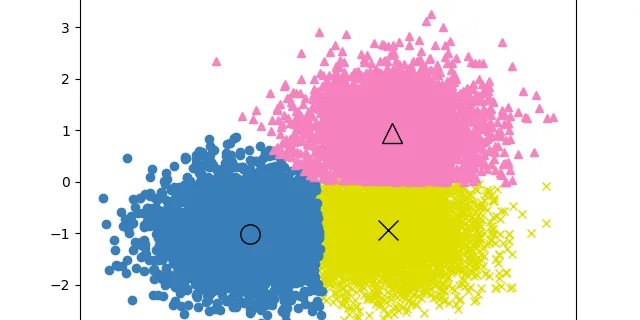
A demo of the mean-shift clustering algorithm
A demo of the mean-shift clustering algorithm Reference: Dorin Comaniciu and Peter Meer, “Mean Shift: A robust approach toward feature space analysis”. IEEE Transactions on Pattern Analysis and Machin...
📚 Read more at Scikit-learn Examples🔎 Find similar documents
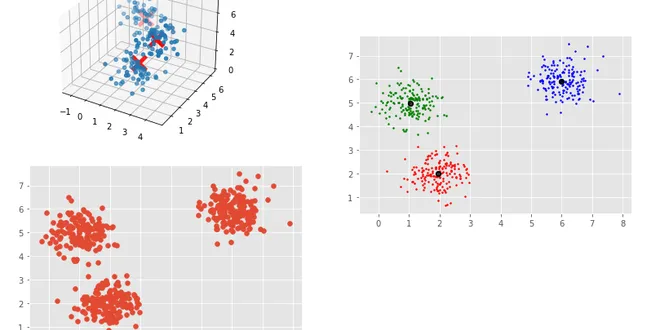
Fully Explained Mean Shift Clustering with Python
In this article, we cover the unsupervised learning algorithm in machine learning i.e. mean shift or mode-seeking algorithm. This clustering on the centroid-based algorithm in which the centroid…
📚 Read more at The Pythoneers🔎 Find similar documents
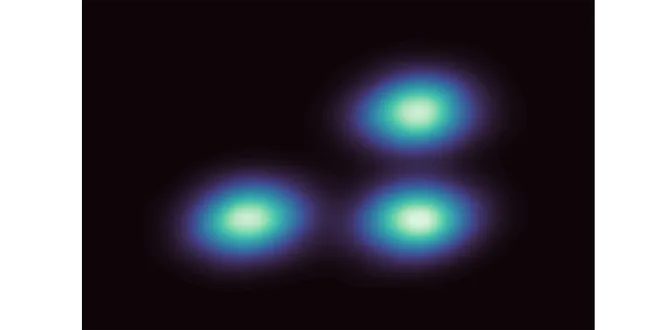
Understanding Mean Shift Clustering and Implementation with Python
In this post, I briefly go over the concept of an unsupervised learning method, mean shift clustering, and its implementation in Python Continue reading on Towards Data Science
📚 Read more at Towards Data Science🔎 Find similar documents
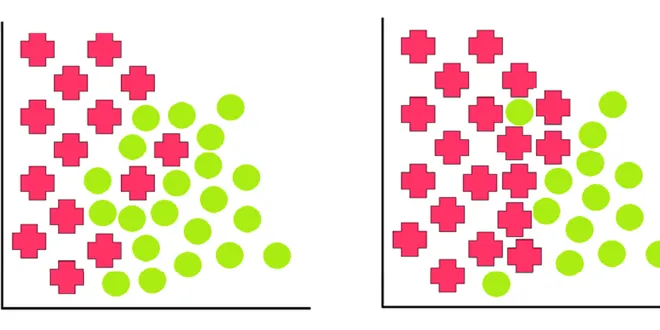
Understanding Dataset Shift
Dataset shifting is one of those topics which is simple, perhaps so simple that it is considered trivially obvious. In my own data science classes the idea was discussed briefly, however, I think a…
📚 Read more at Towards Data Science🔎 Find similar documents

The Shift Operators and
The Java language provides three operator for performing bitwise shifting on 32 and 64 bit integer values. These are all binary operators with the first operand being the value to be shifted, and the ...
📚 Read more at Essential Java🔎 Find similar documents
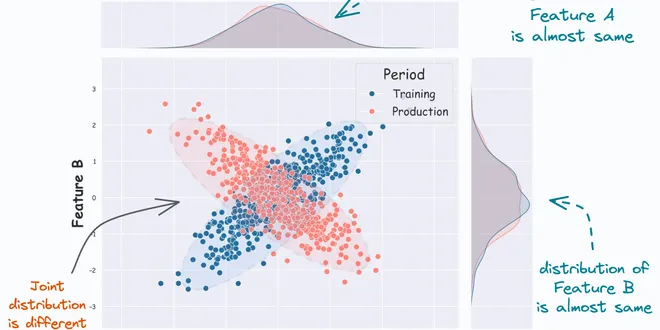
Covariate Shift Is Way More Problematic Than Most People Think
Almost all real-world ML models gradually degrade in performance due to covariate shift. For starters, covariate shift happens when the distribution of features changes over time, but the true (natura...
📚 Read more at Daily Dose of Data Science🔎 Find similar documents
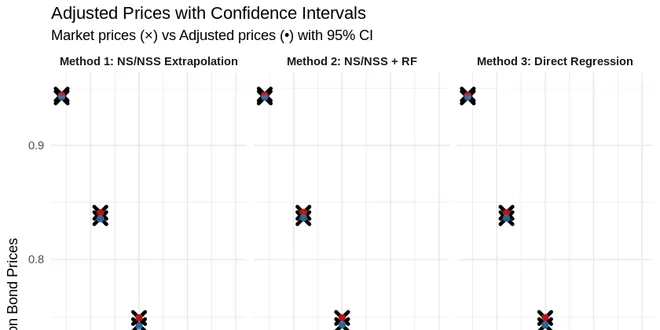
Deterministic Shift Adjustment in Arbitrage-Free Pricing (historical to risk-neutral short rates)
This post demonstrates the implementation of deterministic shift adjustments in an arbitrage-free pricing framework using R and the NMOF package. I generate synthetic yield curve data using Nelson-Sie...
📚 Read more at R-bloggers🔎 Find similar documents
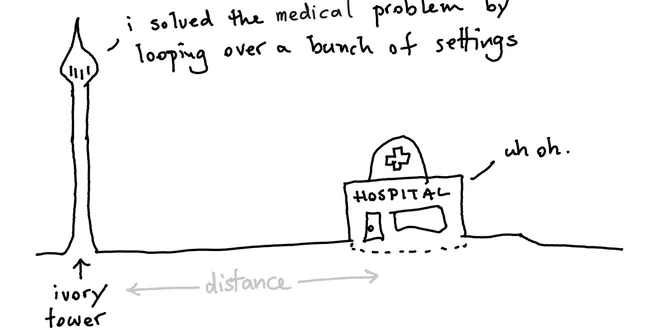
Mean Squared Terror
GridSearch is Not Enough: Part Four
📚 Read more at koaning.io🔎 Find similar documents

Signed vs unsigned shift
In Java, all number primitives are signed. For example, an int always represent values from [-2^31 - 1, 2^31], keeping the first bit to sign the value - 1 for negative value, 0 for positive. Basic shi...
📚 Read more at Essential Java🔎 Find similar documents

